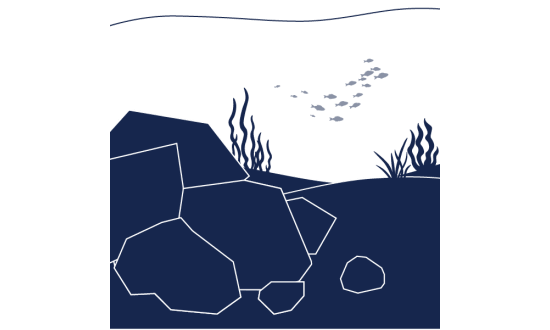
Giant Pacific Octopus
Size
Average is 30 lbs w/ 14 ft arm span. Larger individuals can be up to 110 lbs w/ 20 ft arm span. Some have been found to be over 500 lbs w/ 30 ft arm span. Growth is dependent on water temperature.

Diet
Shellfish, mollusks including other octos, a variety of fish including small sharks and even birds.

Habitat
Can be found in the intertidal areas and all the way to 2000 m in the Pacific Ocean.

Range
Typically found near the coasts of the United States, Russia & Japan.
Conservation Status
Least Concern
Near Threatened
Vulnerable
Endangered
Critical
Extinct in Wild
Extinct
The giant Pacific octopus, the largest octopus species, has up to 2,240 extraordinarily complex sensory suction cups that can taste, smell, and grab! Unlike humans who have iron-based blood, octopuses have copper-based blood with hemocyanin to transport oxygen around their bodies.
Giant Pacific Octopus Quick Facts
Size
Average is 30 lbs w/ 14 ft arm span. Larger individuals can be up to 110 lbs w/ 20 ft arm span. Some have been found to be over 500 lbs w/ 30 ft arm span. Growth is dependent on water temperature.
Color
Giant Pacific octopus is usually reddish-brown in color.
How many brains do they have?
They have nine brains! One central brain and 8 mini-brains.
One central brain makes the big octopus's life decisions, while the smaller brains are a cluster of neurons that lets them control each of their arms independently.